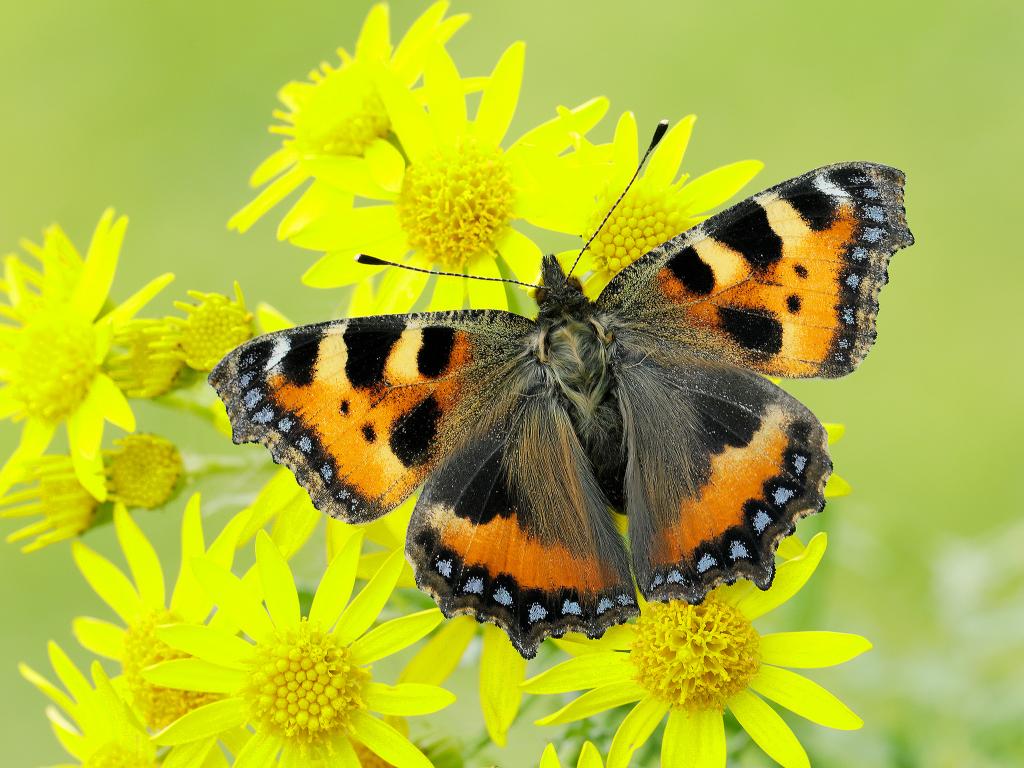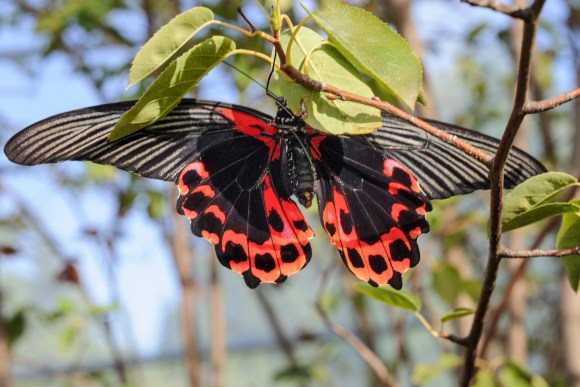Butterflies are among the most beautiful and fascinating creatures on our planet. Their vibrant colors and delicate wings captivate our attention and inspire awe. However, there is much more to these insects than meets the eye. Here are some amazing butterfly facts you might not know.

1. Butterflies Taste with Their Feet
One of the most surprising facts about butterflies is that they taste with their feet. When a butterfly lands on a plant, it uses sensors on its feet to determine whether the plant is suitable for laying eggs. This unique ability helps them find the right host plants for their caterpillars.
2. There Are Over 20,000 Species of Butterflies
Butterflies are incredibly diverse, with more than 20,000 known species worldwide. They can be found on every continent except Antarctica. Each species has its own unique patterns, colors, and behaviors, making them a fascinating subject for study.
3. Butterflies Have a Short Lifespan
Despite their beauty, butterflies have a relatively short lifespan. Most adult butterflies live for only a few weeks, although some species can live for several months. The entire life cycle of a butterfly, from egg to caterpillar to chrysalis to adult, typically lasts about a month.
4. Monarch Butterflies Migrate Thousands of Miles
Monarch butterflies are famous for their incredible migration journey. Each year, millions of these butterflies travel up to 3,000 miles from North America to central Mexico. They navigate using a combination of environmental cues, including the position of the sun and the Earth’s magnetic field.

What are some lesser-known butterfly species
Here are some lesser-known butterfly species that you might find intriguing:
- Bitterbush Blue (Theclinesthes albocinctus): This small butterfly is primarily found across South Australia. It has striking blue wings and is often seen in coastal areas, where it feeds on the nectar of various flowers.
- Schaus’ Swallowtail (Heraclides aristodemus ponceanus): Native to the Florida Keys, this butterfly is considered imperiled due to habitat loss. It has distinctive yellow and black markings and is known for its large size and graceful flight.
- Florida Purplewing (Eunica tatila): This butterfly is native to the southeastern United States and is recognized for its vibrant purple and brown coloration. It prefers wooded areas and is often found near its host plants.
- Miami Blue (Cyclargus thomasi bethunebakeri): Once thought to be extinct, this butterfly is now classified as imperiled. It is small, with striking blue wings and is primarily found in the Florida Keys, where it relies on specific host plants for survival.
- Atala (Eumaeus atala florida): This small, striking butterfly is known for its iridescent blue and green coloration. It is found in southern Florida and is associated with the coontie plant, which serves as its host for laying eggs.
- Dingy Purplewing (Eunica monima): This butterfly is characterized by its muted purple and brown colors. It is often found in moist, wooded areas and is considered imperiled due to habitat destruction.
- Bahamian Swallowtail (Heraclides andraemon bonhotei): This butterfly is native to the Bahamas and is recognized for its large size and striking colors. It is currently considered likely to be extirpated due to habitat loss and environmental changes.
These species highlight the diversity and ecological importance of butterflies, many of which face threats to their survival.
5. Butterflies Are Cold-Blooded
Butterflies are ectothermic, meaning they are cold-blooded. Their body temperature is regulated by the environment, which can affect their activity levels. On warm, sunny days, butterflies are more active, while cooler temperatures can make them sluggish.
6. The Color of Butterfly Wings Comes from Scales
The stunning colors of butterfly wings are not due to pigments but rather tiny scales that reflect light. These scales are arranged in specific patterns, creating the vibrant colors we see. Some butterflies can even change color depending on the angle of light, adding to their beauty.
7. Butterflies Can See Ultraviolet Light
Butterflies have excellent vision and can see ultraviolet (UV) light, which is invisible to humans. This ability helps them locate flowers and potential mates more easily. Many flowers have patterns that are only visible in UV light, guiding butterflies to their nectar.
8. Butterflies Help Pollinate Plants
While butterflies are not as efficient as bees in pollination, they still play a crucial role in the ecosystem. As they feed on nectar, they transfer pollen from one flower to another, helping plants reproduce. This process is vital for maintaining biodiversity and healthy ecosystems.
9. Some Butterflies Can Live for Years
While most butterflies have short lifespans, a few species can live for several years. For example, the Mourning Cloak butterfly can live up to 11 months, and some species of the Swallowtail butterfly can survive through multiple seasons.
10. Butterflies Use Mimicry for Protection
Many butterflies have evolved to use mimicry as a survival strategy. Some species mimic the appearance of toxic butterflies to deter predators, while others have wing patterns that resemble the eyes of larger animals. This clever adaptation helps them avoid being eaten.
In conclusion, butterflies are not only beautiful but also fascinating creatures with unique behaviors and characteristics. From their incredible migration journeys to their role in pollination, these insects play a vital part in our ecosystem. The next time you see a butterfly, take a moment to appreciate the amazing facts behind these delicate wonders of nature.
